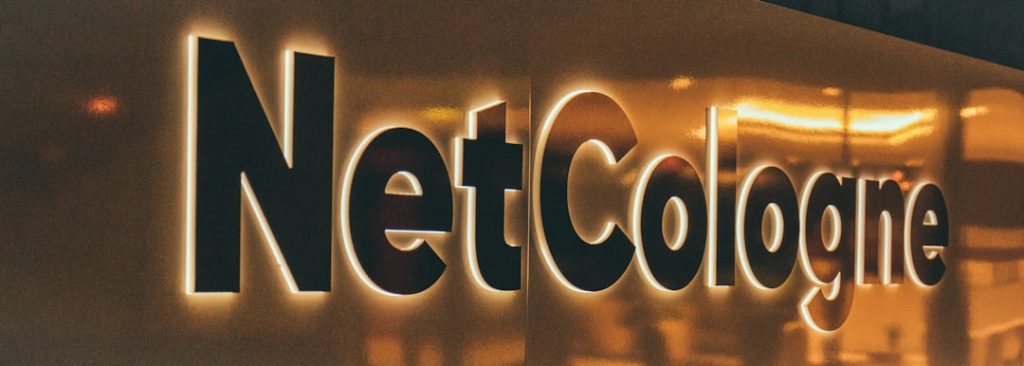Buying a home is one of the biggest decisions most people ever make. With the national median price for a house at about $410,000 in 2025, you might wonder what kind of home that budget can actually buy where you live or in a nearby market. This guide will walk you through what to expect when you shop at that price point and how to make the most of your budget.
Understanding the Sticker Price
When you see a listing for $410,000, that number covers only the sale price. You still need to budget for:
- Closing costs. These fees average 2 to 5 percent of the sale price, so you might pay between $8,200 and $20,500 out of pocket at closing.
- Property taxes. Depending on your state and county, expect to pay about 1.1 percent of the home’s value each year. That works out to roughly $4,500 annually.
- Homeowners insurance. Policies run around $1,200 to $1,800 per year on a typical single family home.
- Maintenance and repairs. Experts recommend saving one to two percent of the home’s value each year for upkeep, so about $4,100 to $8,200 annually.
Adding those up, you need to plan for roughly $18,000 to $34,500 in additional yearly costs beyond your mortgage payment.
What a $410,000 Home Looks Like in Different Markets
1. Suburban Neighborhood, Midwest
In many Midwestern suburbs you can find a three-bedroom, two-bath home with a yard and attached garage. These homes were built in the early 2000s and sit on lots of about a quarter acre. The streets are quiet, schools rate above average, and you can expect a 20- to 30-minute commute to the nearest city.
2. Small Town, Southeast
For $410,000 in a small town in states like North Carolina or Tennessee you might get a four-bedroom, three-bath house with modern finishes and open floor plan. Expect newer construction from the last 10 years, energy-efficient appliances, and community amenities such as a pool or walking trails.
3. Urban Outskirts, West Coast
On the fringes of cities such as Phoenix or Las Vegas you can find a two-bedroom condo or townhouse with a HOA fee of about $300 to $400 per month. These units often include access to shared fitness centers, secured parking, and easy transit links into the city.
4. Rural Area, Northeast
If country living appeals to you, $410,000 can secure a three-bedroom farmhouse with a couple of acres of land. These properties tend to need more maintenance and may require well and septic systems, but you gain privacy and room for hobbies like gardening or keeping small animals.
Mortgage Options and Monthly Payments
With a 20 percent down payment of $82,000 you would finance $328,000. At today’s average mortgage rate of around 6.6 percent on a 30-year fixed loan, your principal and interest payment is about $2,100 per month. Adding property tax, insurance, and a small buffer for maintenance, you can expect a total monthly housing cost between $2,500 and $3,000.
If you put down less than 20 percent you will pay mortgage insurance, which can add $100 to $200 per month. That makes it even more important to shop around for lenders offering the best rates and to consider first-time homebuyer programs that might lower your closing costs or down payment requirements.
Tips for Stretching Your Budget
- Look for homes needing minor cosmetic work you can do yourself. Painting and new light fixtures often boost value without breaking the bank.
- Choose a smaller lot or a condo to pay less for land. Shared amenities can feel like bonus perks without the upkeep.
- Explore neighborhoods a few miles farther out. A slightly longer commute can pay off in a more spacious home.
- Talk to a local real estate agent who knows where good deals are hiding. They may know of off-market listings or upcoming developments in your price range.
The Bigger Picture
Homeownership is more than just buying a property. It is about finding the right balance between location, size, monthly cost, and future resale value. A well chosen $410,000 home can serve as both your sanctuary today and a sound investment for tomorrow. Take your time to comparison shop and understand all the costs involved so you step into your new home with confidence rather than surprise.

